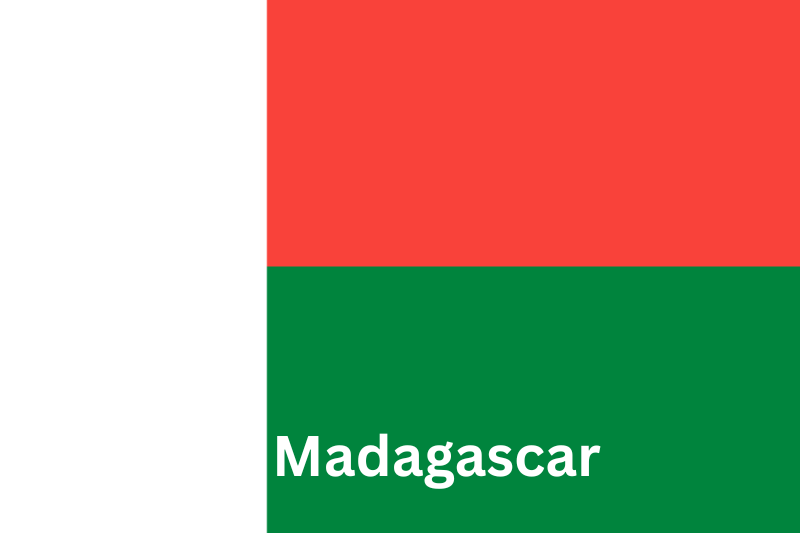
Latest Newspapers And Magazines From Madagascar Complete List And Links
Leading newspapers and magazines from Madagascar
- Midi Madagasikara is daily newspaper from Antananarivo, Madagascar which covers politics, economy, culture and sports. It began distribution on 18 August 1983.
- L’Express de Madagascar is daily newspaper from Antananarivo, Madagascar which covers politics, economy, society and culture. It was first issued in 1995.
- Madagascar Tribune is daily newspaper and online platform from Antananarivo, Madagascar which covers politics, society and culture. It first appeared in print in December 1988 and went fully independent online on 29 January 2009.
- Madagascar Matin is daily newspaper from Antananarivo, Madagascar which covers politics, economy and society. It was first issued in 1972.
- No Comment is monthly magazine from Antananarivo, Madagascar which covers lifestyle, culture and entertainment. It was first published in 2009.
- Orange actu is online platform from Antananarivo, Madagascar which covers politics, economy, society and sport in real time. (launched in 2014 as Orange Madagascar’s news feed).
- Moov Actualités is online news portal from Antananarivo, Madagascar which covers general news and telecom updates. (launched in 2009 by Moov Madagascar)
- News Mada is online platform from Antananarivo, Madagascar which aggregates journalism from Les Nouvelles, Taratra and others. (founded in 2011).
- 2424 Madagascar is online portal from Antananarivo, Madagascar which covers economy, society and sport. (launched in March 2016).
Browse more Madagascar newspapers and magazines
Explore Politics, Culture, Geography & Traditions About Madagascar
Political Overview
Madagascar operates as a semi-presidential representative democratic republic under its 2010 Constitution, with executive power shared between a president elected for a five-year term, renewable once and a prime minister appointed by that president. Legislative authority resides in a bicameral Parliament (the National Assembly and the Senate), while an independent judiciary interprets and upholds the law. Recent legislative elections saw President Andry Rajoelina’s coalition fall just shy of an absolute majority in the National Assembly, underscoring ongoing tensions over electoral transparency and institutional balance of power.
Cultural Heritage and Identity
Madagascar’s cultural tapestry is woven from Austronesian, African, Arab, Indian and European threads, manifested in oral traditions, music, dance and craft. The wooden houses of the Zafimaniry celebrated for their intricate joinery are inscribed on UNESCO’s Representative List of the Intangible Cultural Heritage of Humanity, alongside Malagasy oratory (kabary) and the rhythmic performances of Hiragasy. The Royal Hill of Ambohimanga, a 16th-century fortified royal compound near Antananarivo, symbolizes the unity of the Merina kingdom and remains the most revered monument reflecting Madagascar’s social and political heritage.
Geographical Landscape and Climate
Spanning over 587,000 km² off Africa’s southeast coast, Madagascar’s terrain ranges from low coastal plains and limestone tsingy formations to a central highland plateau rising above 2,800 m. The island’s climate zones vary sharply: humid tropical rainforests fringe the east (receiving up to 3,800 mm of rain annually), temperate highlands in the interior, and semi-arid spiny deserts in the south and southwest. Two clear seasons prevail: a hot, wet period from November through April when cyclones occasionally make landfall and a cooler, dry season from May to October, a rhythm that shapes agriculture, biodiversity and human settlement.
